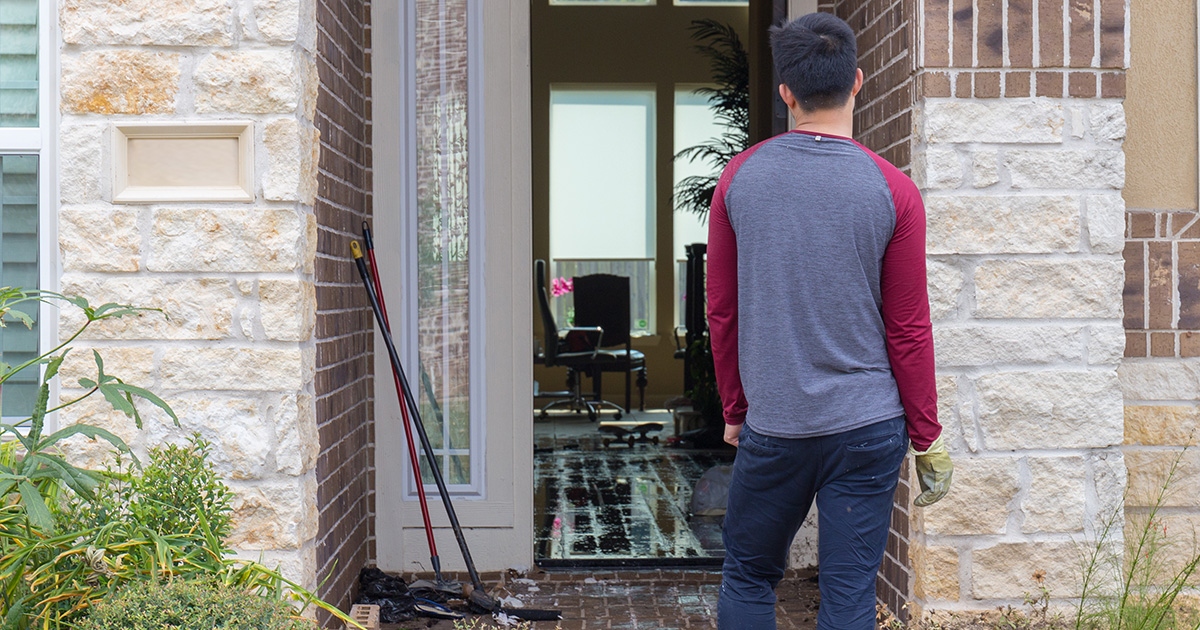
As a homeowner or renter, it’s important to understand what your insurance policies cover and it’s critical to know that neither a Homeowners policy nor a Renters policy covers damage caused by flood. According to the Federal Emergency Management Agency (FEMA), floods occur in every region of the United States and 90 percent of all natural disasters in the United States involve some type of flooding. Even if you don’t live in a high flood risk area, you are still in some danger of loss from a flood, since 20 percent of all flood claims are filed in low to moderate flood risk areas.
If you don’t currently have a Flood policy, now is the right time to consider one. While premiums vary depending on your property’s flood risk, the average cost of a policy through the National Flood Insurance Program (NFIP) is $700 per year, or about the cost of a cup of coffee a day. There is a 30-day waiting period before a Flood insurance policy takes effect, so don’t wait until the last minute to buy it. The maximum flood insurance coverage amount is $250,000 for the structure of the home and $100,000 for the contents of the home. If those maximums are inadequate to fully cover your assets, consider an Excess Flood policy for additional coverage.
If you do unfortunately experience a loss from flooding, you should always wait to re-enter your home until professionals let you know that it is safe. Once you are able to re-enter your home safely, you’ll want to begin cleaning up any resulting damage. However, before you begin that process, contact your insurance company and take photos of your home and belongings.
For more information, click here to download the Homeowner’s and Renter’s Guide to Mold Cleanup After Disasters, created by the Centers for Disease Control and Prevention and a coalition of federal agencies.
*Information courtesy of the Insurance Information Institute